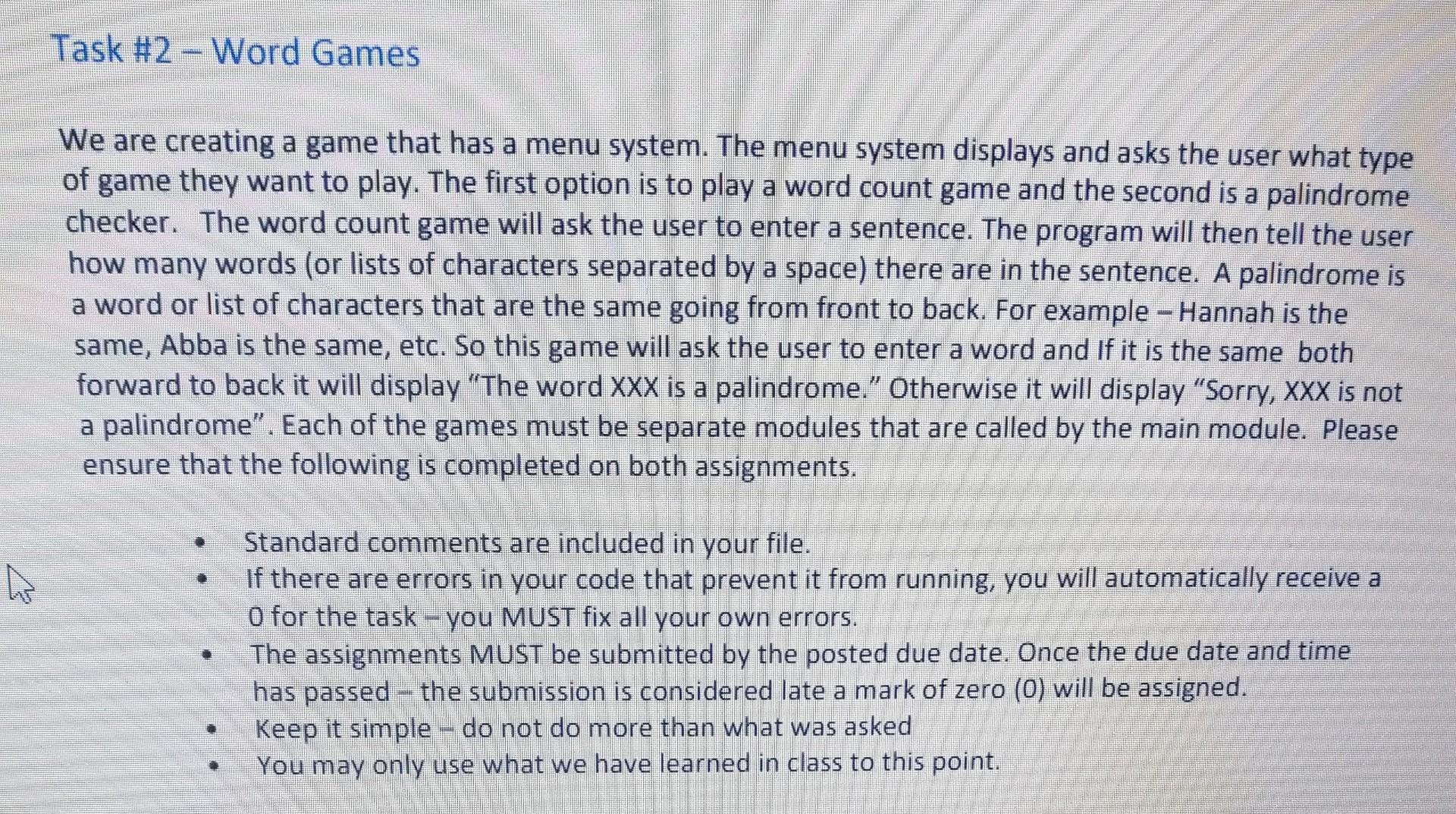
It is crucial to know how much financial aid you are eligible for. There are many factors which can impact the amount you receive in financial aid, but there are some rules that all recipients must observe. These include meeting general eligibility requirements and Satisfactory academic Progress standards. To be eligible for federal funding, you will also need to submit a FAFSA year after year.
Calculating your financial aid package
Calculating your financial aid package is an essential part of preparing for college. While financial aid can have many benefits, it's crucial to determine which programs are best for you. The letter describing your financial aid award will include information about how much you can expect. This includes federal loans as well as other forms of funding. You'll also find information regarding your repayment options.
First, calculate your family's expected contribution to the overall cost of your education. To calculate the family's expected contributions, you can use Princeton's net price calculator. The calculator assumes you live in the United States and Canada. It cannot be used for students from non-English speaking countries. The calculator's result is not guaranteed to award aid. It's a general guide, based on Princeton's aid practices. The aid office determines the actual award.

Filling out the FAFSA
FAFSA, which is required by most grant programs, is the first step towards financial aid. The FAFSA is required for students to be eligible for loans. FAFSA can either be filled online or via the FAFSA app. There are no fees or charges for the FAFSA, and it will help you get the money you need to attend college.
The FAFSA requires you to gather documentation and other information in order to figure out how much you can pay for college. You should also have your social security number and date of birth ready. Once you have completed your information, choose the form applicable to the time you will be attending school. The FAFSA website provides information on deadlines for various time periods. If you want to attend school for different periods of time, for example, fill out the FAFSA first form, and then the second one.
Understanding the formula
The financial aid formula is based on the income of your family, not yours. This is something that you need to be aware of. The formula takes your Expected Family Contribution and subtracts it from the cost for attending COA. The more you earn, the more financial assistance you will be eligible to receive.
Your EFC is how much your family can spend to pay for college. It's calculated using a chart, such as this one. This figure is what colleges assume you can afford to pay for college, and your COA is the total amount you'll have to pay out of your own pocket after your financial aid is deducted.

Financial aid eligibility is reduced by tax-sheltering techniques
You can avoid being rejected for financial aid by creating a contingency account in the name your child. In the event of an unforeseen circumstance, you will need to have at least six months' salary. The amount of the fund should, in general, be divided among all family members attending college.
It is possible to invest in savings bonds or regular taxable accounts. This will have less impact on your child's eligibility than UGMA/UTGA custodial accounts. Keep in mind, however, that the value of your child's assets will be determined in the base year, not the award year.
FAQ
Are there special skills required to work in my chosen field?
If you want to become a lawyer, you'll need good written communication skills. To be a nurse you need to be able communicate with patients. Excellent math skills are required to be an accountant. These are just a few of the many examples. Consider all the activities you love. What kind of job will allow you to continue doing those activities? To become an engineer, you will need to be able to design structures and machine. In order to excel in this area you will also need to master basic math. A basic understanding of numbers and statistics is necessary to succeed in business. Good communication skills are essential if you wish to become a teacher. You will need to have the ability to help others learn and to teach them.
What is the difference between a college and a university
A university is an academic institution providing higher education. It offers postgraduate and undergraduate courses in a variety of fields.
A college is often smaller and less famous than a university. It may offer fewer courses but often has its own specialist departments.
What are some possible ways to receive scholarships?
To help pay college expenses, scholarships are grants. There are many types available in scholarships. These scholarships include:
-
Federal Grants
-
State Grants
-
Student Loans
-
Work Study Programs
-
Financial Aid
Federal grants are directly issued by the U.S. government. Most federal grants require applicants fulfill certain requirements. You will need to prove financial need.
Each state offers state grants. These grants are not always based on financial need. Some states may offer them for specific reasons.
Student loans are issued by banks and other lending institutions. Students usually borrow money to cover tuition and living costs.
Employers should be encouraged to use work-study programs to help them hire qualified students. Employers must pay their employees at least the minimum wage.
Financial aid helps low-income families afford college by covering most or all tuition costs.
What's the difference between college and school?
Schools are organized by grades or classes. Each teacher teaches a particular class. Colleges are bigger organizations that offer more specialized courses and may include university-level courses. Colleges may focus more on business and science while schools will usually only teach basic subjects. Both levels have a curriculum that prepares students for higher education.
What's the point of education or schooling?
Education should provide students with skills that will help them find work. It is not only a pursuit of academic excellence, but also a social activity, where children can share their knowledge and gain confidence from one another through activities like music, art, and sports. Education is about helping students think critically and creatively to become self-reliant and autonomous. What does it mean for a school to be able to meet high educational standards?
Good educational standards are those which ensure that all pupils achieve their potential. They provide a clear set of goals teachers work towards with their pupils. Education standards that are flexible enough to allow schools to adapt to changing needs can be a good thing. A fair and equitable educational system must ensure that all children have equal chances of success no matter their background.
What does it entail to be a teacher in early education?
Early childhood educators must have specialized training. Most states require teaching candidates to get certification from state boards in order to be allowed to teach in public schools.
Some states require teachers pass reading and math tests.
Some states require teachers to hold a certain number of hours of coursework related to early childhood education.
Most states have minimum requirements regarding what teachers should know. These requirements can vary from one state to the next.
Statistics
- And, within ten years of graduation, 44.1 percent of 1993 humanities graduates had written to public officials, compared to 30.1 percent of STEM majors. (bostonreview.net)
- In most developed countries, a high proportion of the population (up to 50%) now enters higher education at some time in their lives. (en.wikipedia.org)
- They are more likely to graduate high school (25%) and finish college (116%). (habitatbroward.org)
- These institutions can vary according to different contexts.[83] (en.wikipedia.org)
- Think of the rhetorical power of nineteenth-century abolitionist Harriet Beecher Stowe, Martin Luther King, Jr., or Occupy Wall Street activists with their rallying cry of “we are the 99 percent.” (bostonreview.net)
External Links
How To
What is vocational education?
Vocational Education, which is an educational system that prepares high school students for jobs after college or high school, provides them with training in specific skills required for a job (e.g. welding). You can also get on-the job training through apprenticeship programs. Vocational education stands out from general education. This is because it focuses less on general knowledge and more on developing skills for specific occupations. Vocational education's goal is to help students find employment after they graduate.
Vocational education may be provided at all levels of schooling, including primary schools, secondary schools, colleges, universities, technical institutes, trade schools, community colleges, junior colleges, and four-year institutions. You can also find specialized schools such a culinary arts school, nursing school, law school, medical schools or dental schools. Many of these offer both academic instruction, and practical experience.
In recent decades, many countries have made large investments in vocational training. However, it is not clear if vocational education is effective. Some argue it doesn't improve students' employability, while others argue it prepares them for the future.
According to the U.S. Bureau of Labor Statistics (47% of American adults are currently holding a postsecondary certificate/degree related to their current job), this figure is higher among those with more education. This figure is higher among those with more education: 71% of workers aged 25-29 with a bachelor's degree or higher are currently employed in fields requiring postsecondary credentials.
The BLS reported that almost half the adult population of the country had at least one form of postsecondary credential as of 2012. About one-third of Americans held a two-year associate degree, while about 10 percent held a four-year bachelor's degree. One fifth of Americans had a masters degree or doctorate.
For those with a bachelor’s degree, the median annual income was $50,000. This is compared to $23,800 if you don't have one. For those with advanced degrees, the median wage was $81,300.
For those who did not complete high school, the median wage was only $15,200. Those with less than a high school diploma earned $13,000 per year.